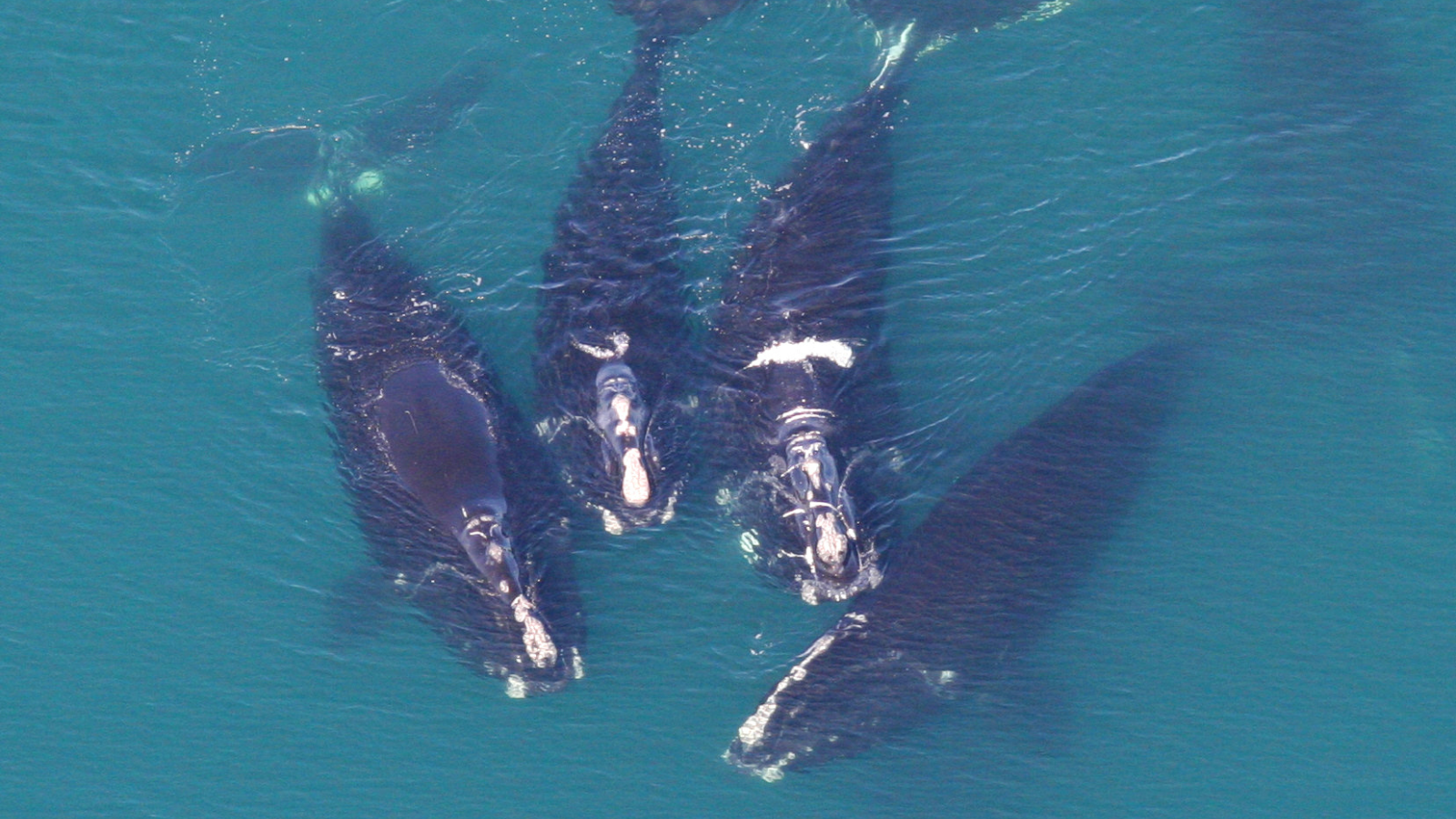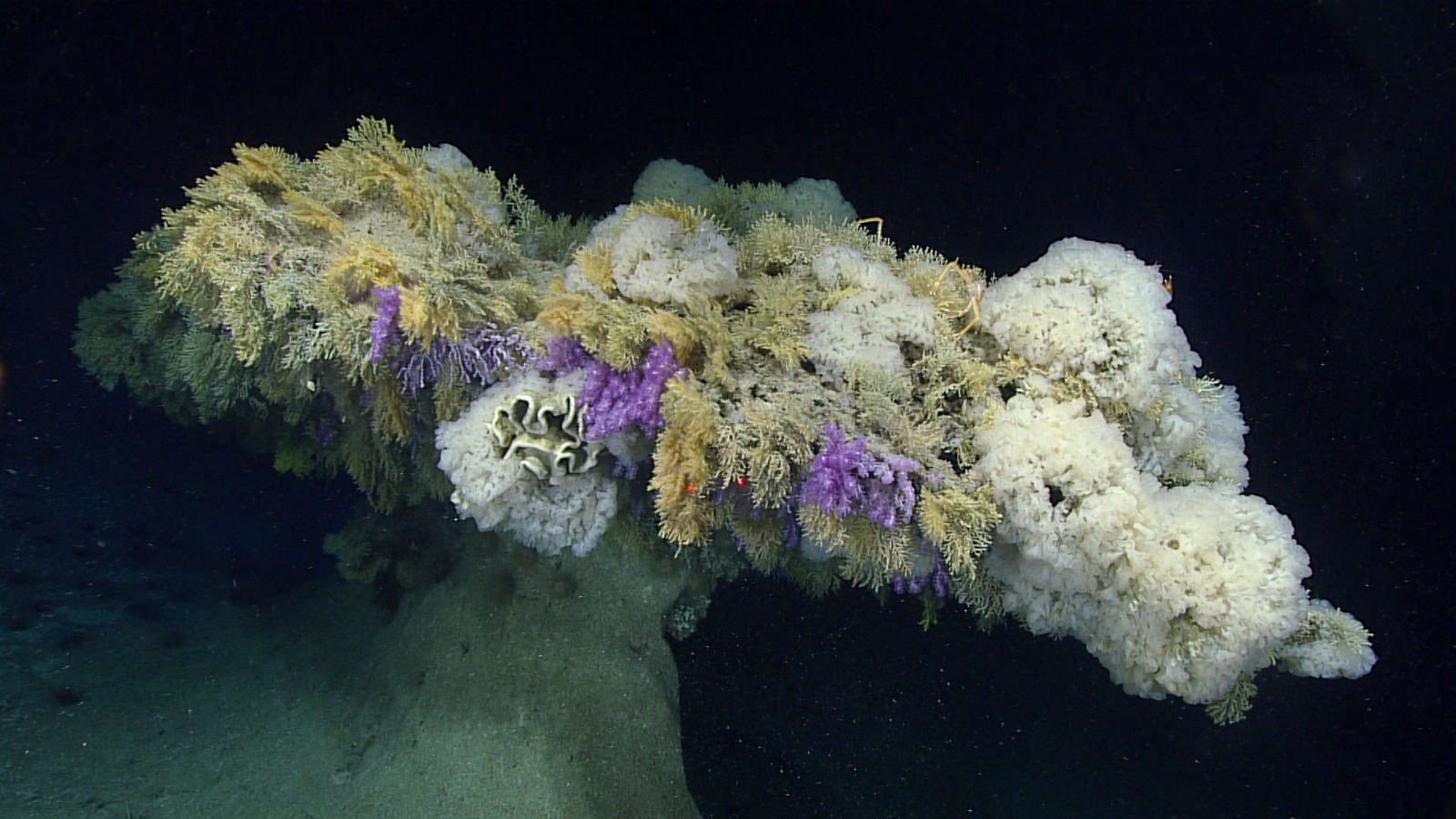The Build Back Better Act would provide $6 billion for coastal resilience
Life begins in the space between land and sea. Funding in the Build Back Better Act can help keep these places intact.

Coastal ecosystems, those transition zones between land and sea, are where so much life begins. Wetlands and estuaries serve as nurseries for fish and key habitat for seabirds. Seagrass beds are home to sea turtles and manatees, and mangroves shelter a world of colorful, alien-like invertebrates, including crabs and shrimp.
These ecosystems are also essential buffers against the encroaching impacts of climate change. Coastal wetlands, marshes, seagrass beds and mangroves remove up to four times more carbon from the atmosphere than land-based ecosystems. They provide critical protection against storm surges and coastal flooding, and help prevent shoreline erosion to keep coasts intact and prevent beaches from disappearing.
Historically, the United States hasn’t been so kind to these life-giving places. When European settlers arrived on the coasts here, they drained many wetlands because they thought these areas were not only breeding grounds for disease but also impediments to development.
This practice continues today, as wetlands are still drained for agriculture and development, or threatened by dams diverting their water. And now, they face the added threat of climate change: some are losing water as groundwater levels fall, and some are at risk of flooding due to sea level rise. The West Coast alone has lost about 85% of its wetlands and the east coast is losing wetlands at twice the rate they’re being restored.

An estuary across from Morro Bay in central California. Photo: docentjoyce, Flickr.
It’s time to restore these places and fix this legacy of loss. Back in April, Environment America and state groups signed on to a letter to Congress, urging them to include $10 billion in funding for coastal restoration and resilience in the Build Back Better Act.
In a win for wildlife and climate, and a turning point in the way we treat these havens for life, the Build Back Better Act includes $6 billion in funding to conserve, restore and protect coastal habitats. The U.S. House passed the act on Nov. 19. A key facet to the coastal restoration funding is that it does not require local communities to match federal funding. Historically, inability of coastal communities to raise funds has been an impediment to the success of coastal restoration projects. With this funding, frontline communities and frontline wildlife will be better protected in the face of rising seas and a changing climate.
The House has taken this first step to restore coastal areas and wetlands. But more is necessary: Now the Senate and the White House need to act to protect the places where life begins.
Top photo: A Western Snowy Plover enjoys the sunset along California’s central coast. Gregory Smith, Flickr.
Support coastal estuaries and wetlands
Topics
Authors
Meghan Hurley
Find Out More

A wave of youth ocean activism in Boston

Save the Whales

Deep sea mining isn’t worth the risk


